2025 Shaping Underwear Procurement: Using Consumer Data to Identify Best-Selling Products
To assist buyers in making precise product selections and reducing risks, we have analyzed recent shapewear sales data from global e-commerce platforms to identify the key logic behind best-selling product selection.
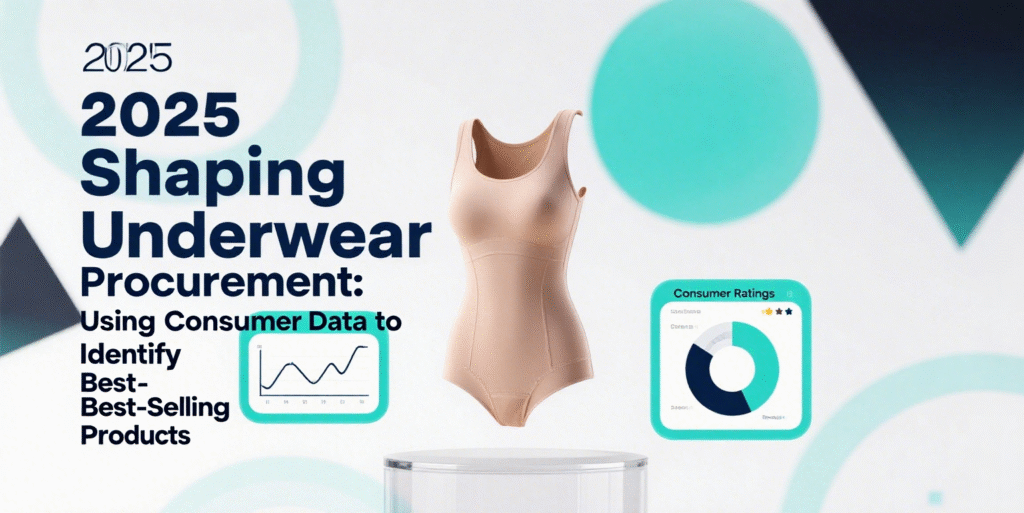
Table of content
| Consumer Data Insights |
| Common Characteristics of Bestselling Products |
| Cost Differences and Procurement Strategies for Different Purchase Quantities |
In the highly competitive shapewear market, buyers face numerous challenges, and product selection decisions directly impact business success or failure. To assist buyers in making precise product selections and reducing risks, we have analyzed recent shapewear sales data from global e-commerce platforms to identify the key logic behind best-selling product selection. We have also considered cost differences based on different procurement volumes to provide practical procurement strategies.
Consumer Data Insights
1.1 Return Rate Analysis
The return rate is a key indicator of product market acceptance. Overall, low-end shapewear has significantly higher return rates than mid-to-high-end products, indicating that consumers are increasingly demanding higher quality shapewear and are willing to pay for it. Additionally, some brands have return rates far exceeding industry averages due to mismatches between their live-streaming setup and product portfolio structure and the platform’s user demographics. On the other hand, some brands have reduced return rates by demonstrating products in realistic home, office, and sports scenarios. This demonstrates that scenario-based marketing plays a significant role in reducing return rates and boosting product sales. When selecting products, procurement companies should prioritize high-quality products suitable for scenario-based marketing to minimize return risks.
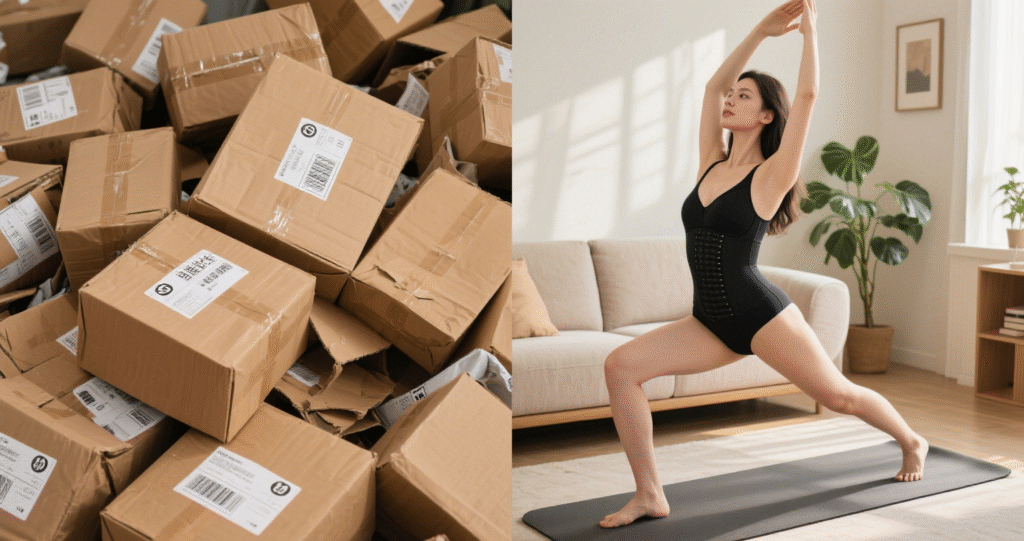
1.2 Repurchase Rate Analysis
The repurchase rate reflects consumer satisfaction and loyalty toward a product. From the consumer perspective, while the average transaction value for core customer segments has increased, the repurchase rate has shown a declining trend. This indicates that core customers are gradually shifting toward products that are suitable for multiple scenarios and offer enhanced comfort. This suggests that buyers need to focus on a product’s multi-scenario applicability and comfort to meet consumers’ evolving needs and boost repurchase rates. For example, seamless shapewear with athletic functionality is more likely to gain consumer favor, thereby driving higher repurchase rates.

1.3 User Review Keyword Analysis
By analyzing user review keywords, we can understand consumers’ concerns and needs regarding shapewear. Overall, body-shaping effects, body-hugging fit, and healthy fabric composition are the characteristics consumers care about most. In terms of functionality, butt-lifting features are highly sought after, while body-shaping and waist-slimming functions are also popular. Additionally, consumers have certain requirements for comfort and smooth texture. When selecting products, buyers should screen products based on these keywords to ensure that the selected products possess the characteristics and functions valued by consumers, thereby enhancing the product’s market competitiveness.
Common Characteristics of Bestselling Products
2.1 Silhouette Design
High-waisted designs have lower return rates in the European and American markets compared to low-waisted styles, as high-waisted designs better contour the abdomen and buttocks, providing stronger shaping effects while offering greater comfort. Additionally, one-piece back-opening designs have seen significant sales growth recently and account for a high proportion of sales. This design combines scientific cutting with elastic fabrics to help consumers maintain their figure while meeting warmth needs, and the back-opening design is more convenient.
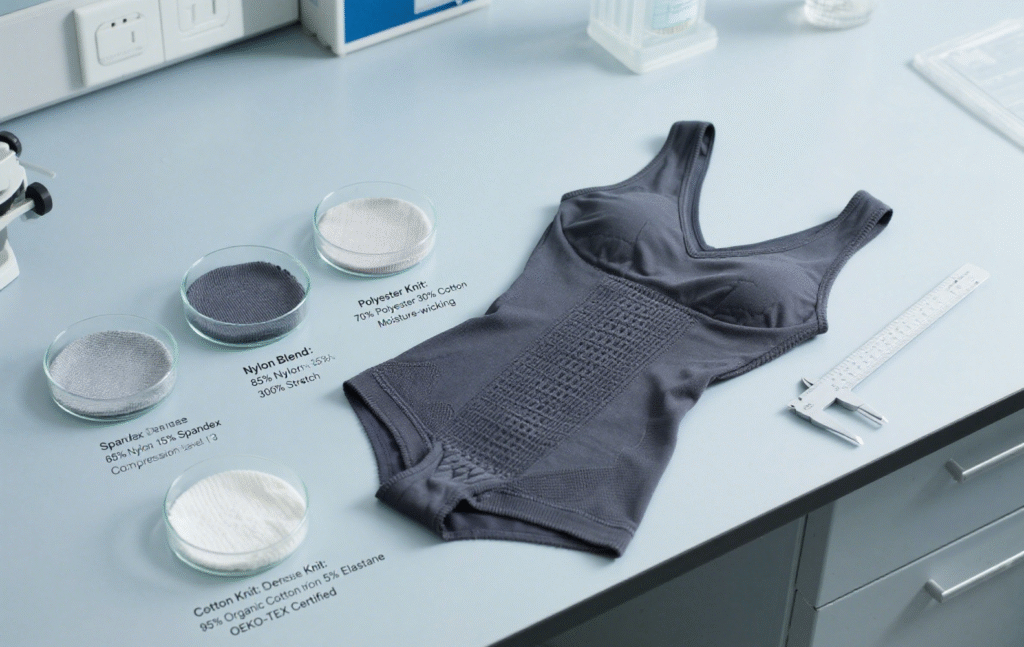
2.2 Material Selection
High-quality fabrics are a core competitive advantage of shapewear. Common materials for shapewear include nylon, polyester, spandex, and cotton. Nylon is soft and smooth, suitable for daily wear; polyester is durable and moisture-wicking, suitable for sports wear; spandex has excellent elasticity and extensibility, suitable for styles requiring strong shaping effects; cotton is breathable, suitable for sensitive skin. Consumers increasingly prioritize fabric breathability, moisture-wicking properties, and health benefits, preferring materials with relevant certifications to avoid harmful substances. High-quality products should have good moisture permeability to ensure comfort. For example, some shapewear made from new eco-friendly fabrics not only provide excellent shaping effects but also effectively reduce skin irritation, aligning with consumers’ pursuit of health and comfort. When selecting products, buyers should strictly control material quality and choose high-quality fabric products that meet market demand.

Cost Differences and Procurement Strategies for Different Purchase Quantities
3.1 Relationship Between Purchase Quantity and Cost
Generally speaking, the larger the purchase volume, the lower the unit cost. However, cost differences across different purchase volumes vary depending on factors such as suppliers, product materials, and production complexity. For shapewear made from standard fabrics and with relatively simple production processes, increasing purchase volume can lead to a decrease in unit cost. For products made from high-end fabrics and with complex production processes, cost differences may be more significant. When negotiating with suppliers, purchasers should thoroughly understand the cost structure at different purchase volumes to secure the most favorable procurement prices.
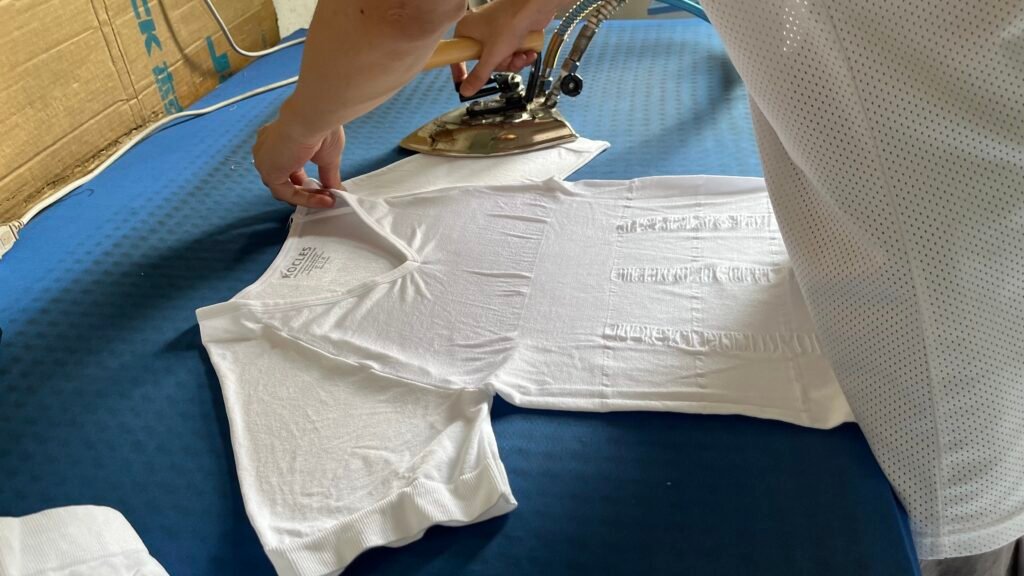
3.2 Small-Order Trial Sales Strategy
For buyers new to the market or unsure about a new product, it is recommended to conduct small-order trial sales first. Trial sales can reduce procurement risks and quickly gauge market response to the product. During the trial sales process, buyers can collect consumer feedback through online and offline channels, including opinions on product style, quality, and comfort. Based on the trial sales results, the product can be optimized and adjusted before deciding whether to proceed with bulk procurement. For example, a purchaser conducting a small-order trial sale of a new type of shapewear discovered that consumers were dissatisfied with the waist-shaping effect of the product. After communicating with the supplier, the design and fabric of the waist area were adjusted, and the product received positive market feedback after the revised trial sale, leading to successful bulk procurement and strong sales performance.
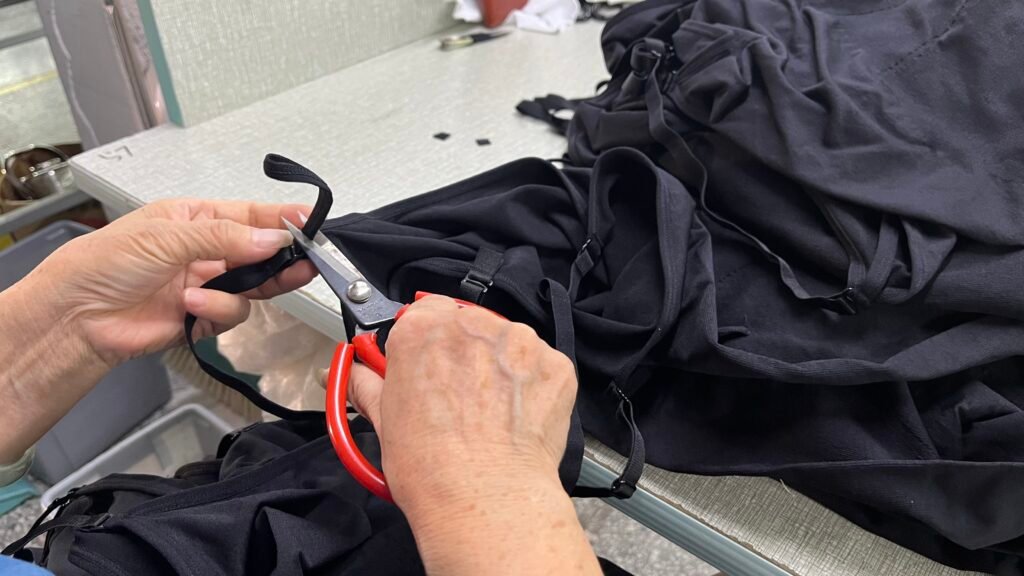
3.3 Bulk Purchase Strategy
Once a product has been validated through test sales and shown to have good market demand, the purchaser can consider bulk purchasing. Bulk purchasing not only reduces unit costs but also ensures stable product supply. When bulk purchasing, the purchaser should sign a detailed purchase contract with the supplier, clearly stipulating quality standards, delivery times, after-sales service terms, and other conditions. At the same time, the purchaser should monitor market trends and reasonably control inventory levels to avoid stockpiling due to market fluctuations. For example, prior to the peak purchasing season, negotiate with suppliers in advance to increase procurement volumes to ensure sufficient inventory to meet market demand; when market demand shows signs of decline, promptly adjust procurement plans to reduce inventory risks.
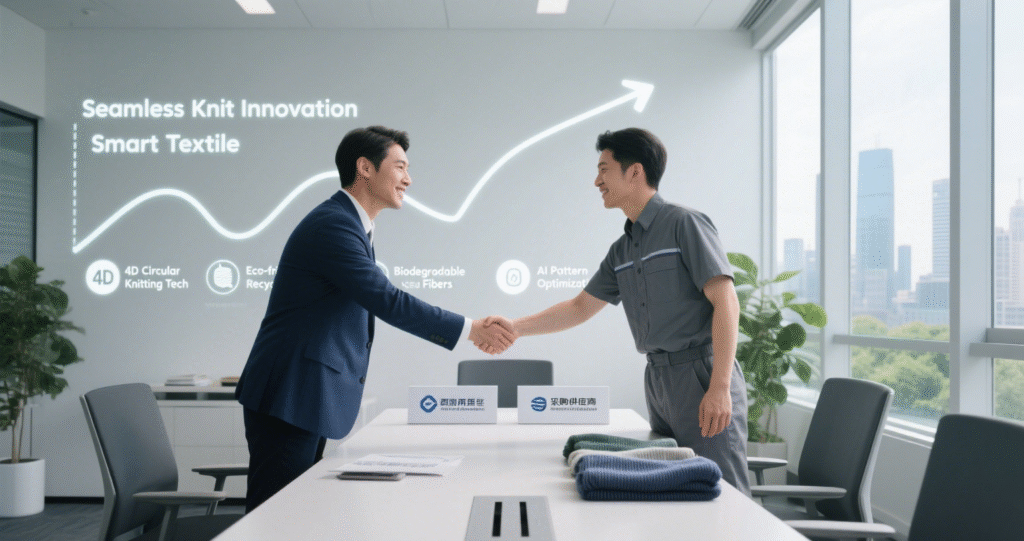
When making procurement decisions for shapewear, purchasers should fully integrate consumer data, select products with market competitiveness, and develop reasonable procurement plans based on their actual circumstances. Only in this way can they seize the initiative in intense market competition and achieve sustained business growth. In future market development, the shapewear industry will continue to be driven by factors such as consumption upgrades and technological innovation. Purchasers need to continuously monitor market trends, continuously optimize product selection and procurement strategies to adapt to market changes and meet consumers’ increasingly diverse needs. At the same time, establish long-term stable partnerships with high-quality suppliers to jointly promote the healthy development of the shapewear industry.
